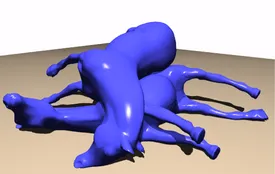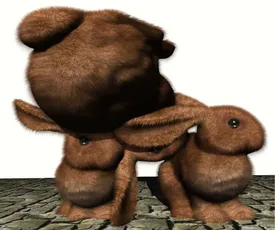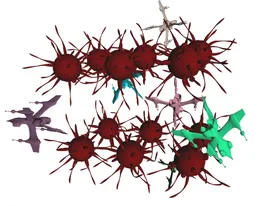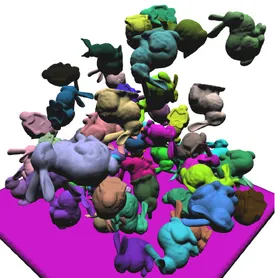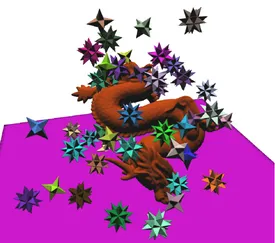Interactive GPU-based Collision Detection
Joachim Georgii, Jens Krüger, Rüdiger Westermann
Computer Graphics and Visualization Group, Technische Universität München, Germany
Background
If two closed polygonal objects with outfacing normals intersect each other there exist one or more lines that intersect these objects at at least two consecutive front or back facing object points. In this work we present a method to efficiently detect these lines using depth-peeling and simple fragment operations. Of all polygons only those having an intersection with any of these lines are potentially colliding. Polygons not intersected by the same line do not intersect each other. We describe how to find all potentially colliding polygons and the potentially colliding pairs using a mipmap hierarchy that represents line bundles at ever increasing width. To download only potentially colliding polygons to the CPU for polygon-polygon intersection testing we have developed a general method to convert a sparse texture into a packed texture of reduced size. Our method exploits the intrinsic strength of GPUs to scan-convert large sets of polygons and to shade billions of fragments at interactive rates. It neither requires a bounding volume hierarchy nor a pre-processing stage, so it can efficiently deal with very large and deforming polygonal models. The particular design makes the method suitable for applications where geometry is modified or even created on the GPU.
Self-) Collisions between deformable, dynamic GPU and rigid objects:
